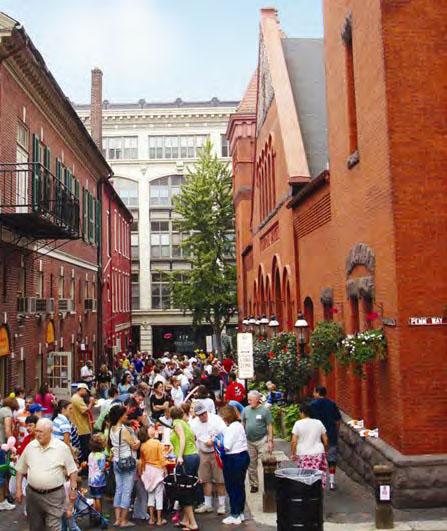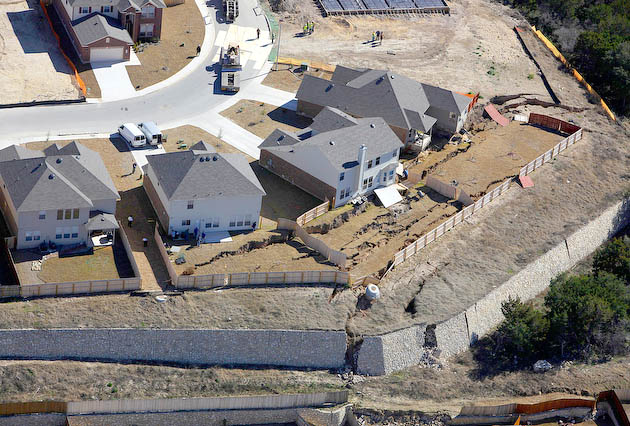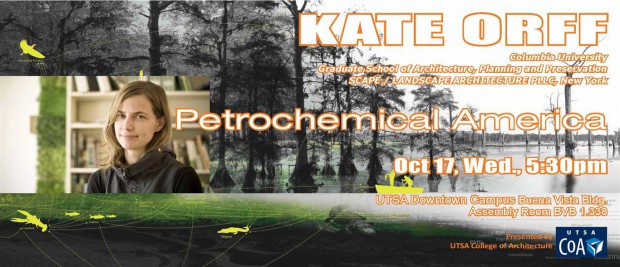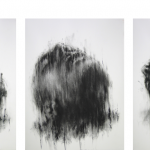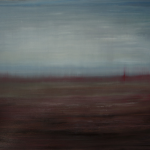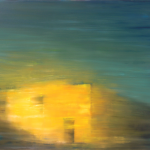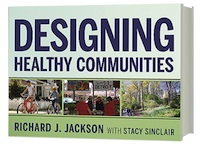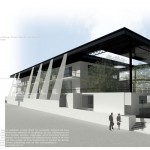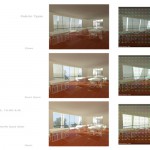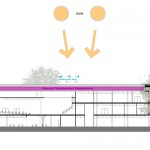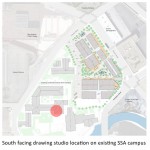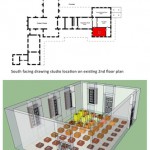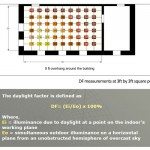San Antonio’s potential for Creative Urban Design and Architecture
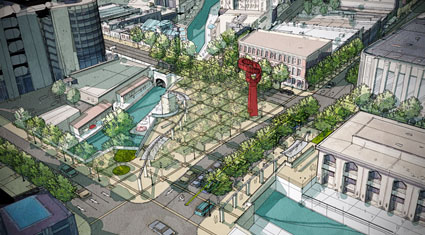
Proposal for a downtown San Antonio block from the San Antonio City Design Center web page
The latest Plaza de Armas readers forum was held at Trinity University’s Holt Conference Center. The packed-house audience played well the role of the choir with a few polite exceptions for the panelists to ponder the San Antonio-specific urban and architectural characteristics around which urban development dances.
Irby Hightower astutely offered several counter-intuitive insights to our urban heritage. For the past few decades there has been a focus on tree-preservation which unwittingly promoted an anti-urban predilection. (And by “urban” we mean walkable, transit-capable and livable density.) How can saving trees be bad? Well, when it becomes the basis for “urban” planning and development there is a lost opportunity to create livable urbanity. Further, Hightower pointed to creating great intersections as nodes of urban space rather than spreading urbanity along corridors in inherently lower-density efforts that do not create the synergies of livable higher density development. This is a call for what is commonly known as “transit-oriented development.”
Another refreshing point was made by Hightower in response to cautionary mention of gentrification, that double-edged sword of increasing land values and community displacement that comes with urban redevelopment of lower intensity / less utilized existing neighborhoods. San Antonio’s gentrification, he argued, is less harsh on existing communities than northeastern states’ scenarios where strong public debate has been played out. His rationale is that many existing residents here, and in other sunbelt cities, are homeowners, versus renters; and they therefore reap the financial benefit of their property selling. This often leaves them in a position of upward mobility to move to that suburban or exurban homestead of which they have dreamed. Whether or not this dulled edge does less cultural damage to existing inner-city communities under development pressure is certainly debatable but the economic story seems sound if significant percentages of residents have 100% equity in their homes.
That the discussion was at the level of urban design and barely touched on innovative architectural design was a little disappointing; but at the same time reassuring that the urban environment, among the preachers and the choir at least, is understood here in San Antonio at a high level. Understanding of the deep causes and effects will bode well for San Antonio’s next 30 years when we will see an additional 1 million residents occupy our fair city. It will help produce a “great” city made of “good” buildings. Hopefully, the next architectural readers forum will drill down to the scale and mechanisms of production of “great” architecture. In the mean time, let’s continue to build good, modest buildings.
As Mies Van der Rohe said, “I don’t want to be interesting, I want to be good.”
Wednesday, February 20, Trinity University Press, City Design Center, imagineSanAntonio, NOWCastSA and Plaza de Armas convened a conversation about pushing boundaries in SA’s skyline and urban environment. Architects, developers and city planners discussed the obstacles, opportunities and latest trends that hinder or enable creative urban design. Trinity University Press Associate Director and PdA columnist Tom Payton moderated. Panelists included Mark Brodeur of the City of San Antonio’s City Design Center, Irby Hightower of Alamo Architects, Dan Markson of NRP Group, Anita Devora, executive director of Build San Antonio Green, and Timothy Cone, Chairman of the Historic Design and Review Commission. Made possible by the generous support of Lake Flato Architects, Big Grass Living, Centro Properties and Briones Engineering and Consulting. NOWCastSA webcast and archived the forum.
via Video: PdA forum.

